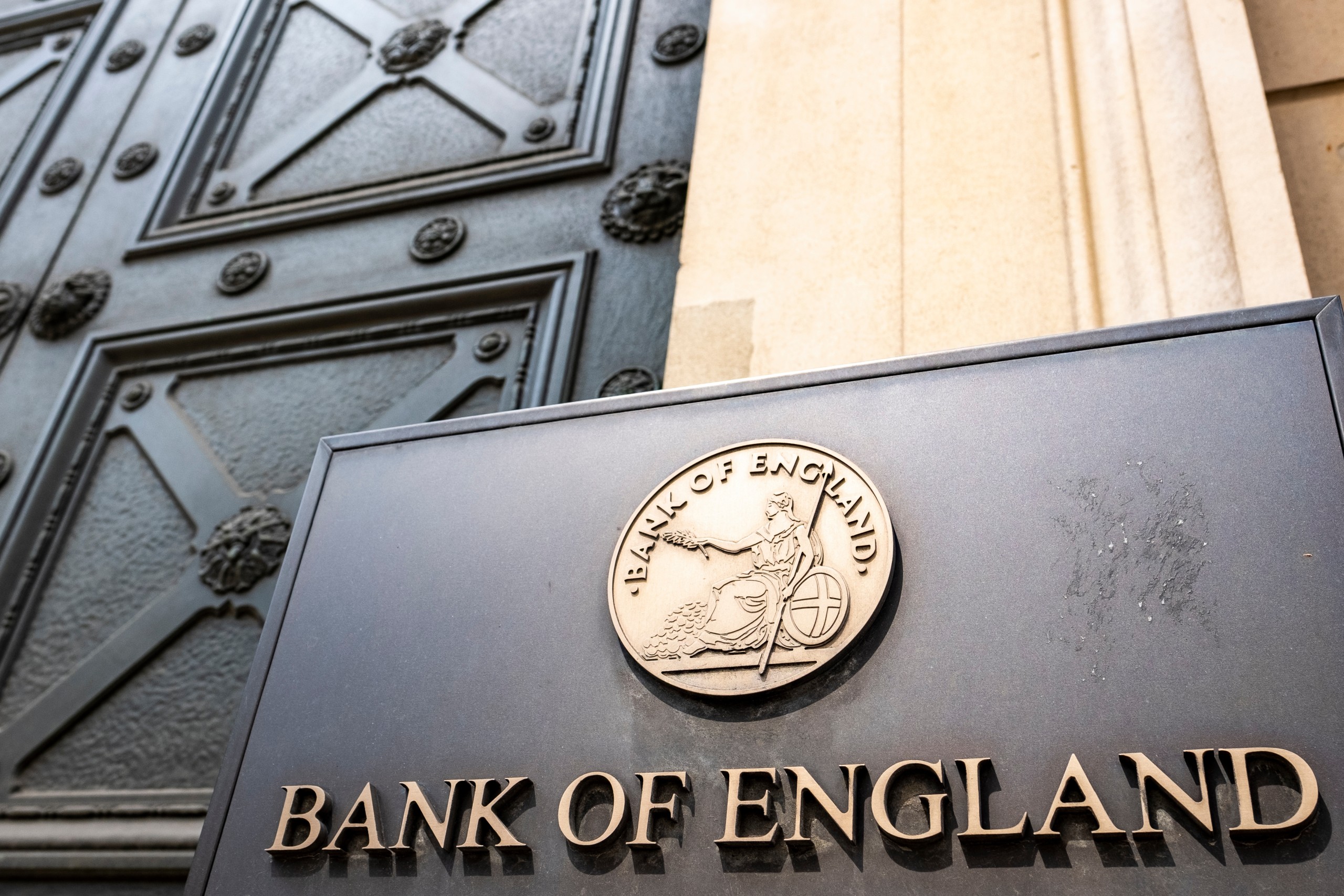
The Bank of England’s Chief Economist outlines three crucial metrics for determining when to adjust the bank rate, aiming for a 2% inflation rate this year.
After peaking at over 11% in October 2022, inflation has seen significant reductions. Currently around 3%, the decline towards the Bank of England’s Monetary Policy Committee (MPC) target of 2% indicates a positive trend for the UK economy.
In a vote on May 9, the MPC opted to maintain the bank rate at 5.25% for the sixth consecutive time. Why has the rate remained high despite inflation nearing the 2% target at 3.2%?
“As we look forward to the next few months, we’re forecasting inflation to return to around 2%,” Bank of England Chief Economist Huw Pill told delegates at ICAEW’s recent Economic Summit. “Although that is very good news, we’re also forecasting a small pickup in inflation in the second half of this year. Therefore, we are taking a cautious and measured approach before lowering the bank rate.
“When we’re setting the bank rate, we need to recognise that the impact of changes will be felt in 18 to 24 months’ time in terms of the impact on prices and inflation. Therefore, we need to be thinking about what inflation will be at that horizon to calibrate our decision appropriately.”
Three critical economic indicators To predict the UK inflation rate effectively, the MPC examines three indicators in the UK economy:
1. Labour market tightness
The MPC closely monitors the ratio of job vacancies to unemployment to gauge labour market conditions. Despite a decrease from the post-pandemic peak, the ratio remains high, indicating ongoing recruitment challenges and sustained demand for workers, thus maintaining a tight labour market compared to historical standards.
2. Wage growth
Recent data indicates a decline in private sector wage growth, approaching the 2% inflation target. However, with current wage growth still around 6% annually, more progress is needed to sustain the target. Interpretation challenges arise from factors like one-off payments.
3. Services price inflation
Although showing signs of gradual decline from its peak, annual services price inflation is still at 6%, exceeding the necessary rate to achieve the 2% target. Monthly fluctuations due to factors like package holidays and airfares affect this measure, but a recent drop to just above 4% in median price development suggests progress. Further reductions are essential for sustained progress towards the target.
Pill explained that these statistics are corroborated with data from multiple surveys to enhance reliability. One such survey is the ICAEW Business Confidence Monitor – a quarterly nationwide survey of 1,000 chartered accountants – which reported a tripling of business confidence in Q1 2024.
Future policy considerations
In determining when to adjust bank rates, the MPC emphasizes the importance of a coordinated approach, said Pill. Rate cuts should not wait until all inflationary pressures are resolved but should respond to evolving inflation conditions. Notably, a dip in headline inflation or ongoing persistent inflation does not automatically warrant an immediate policy loosening. These issues require resolution as new data emerges.
“However, I do think it’s clear that the job is not yet done,” added Pill. “Some restriction is still required and the timing for cutting bank rates can only be assessed when we have more evidence and we are more confident that the move in underlying inflation is going in a direction that is not just correct, but also quantitatively consistent with achieving the 2% target – sustainably.”
What is the BOE bank rate?
The Bank of England rate, often referred to as the bank rate or base rate, is the interest rate at which the Bank of England lends money to commercial banks. This rate influences the interest rates those banks charge their customers for loans and mortgages. By adjusting the bank rate, the Bank of England aims to control inflation and stabilize the economy. When inflation is high, increasing the bank rate can help cool down the economy. Conversely, lowering the rate can stimulate economic activity. The current bank rate is a critical tool for achieving the Bank of England’s 2% inflation target.
For information on how the bank rate affects you and your business, please contact us directly.
Latest Articles
Autumn 2025 BudgetUpcoming Changes to UK Audit Regulations: What You Now Need to KnowEU Implements New Digital Measures for VAT Compliance. Growing Pains Ahead?International Trade Week Presents New Opportunities and Training for BusinessesBudget 2024 Summary: Key Tax Changes and Challenges for Businesses and Individuals
